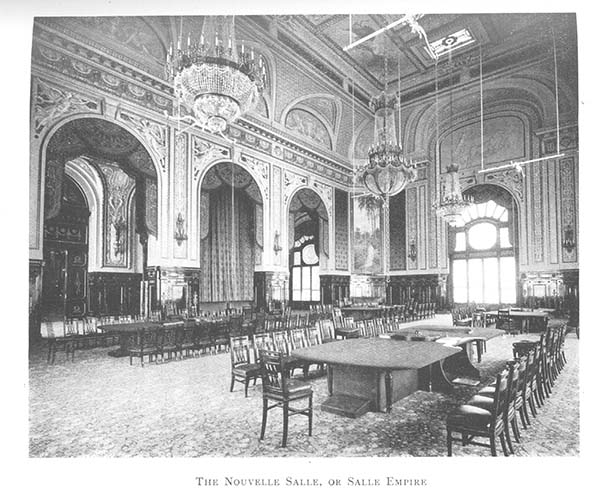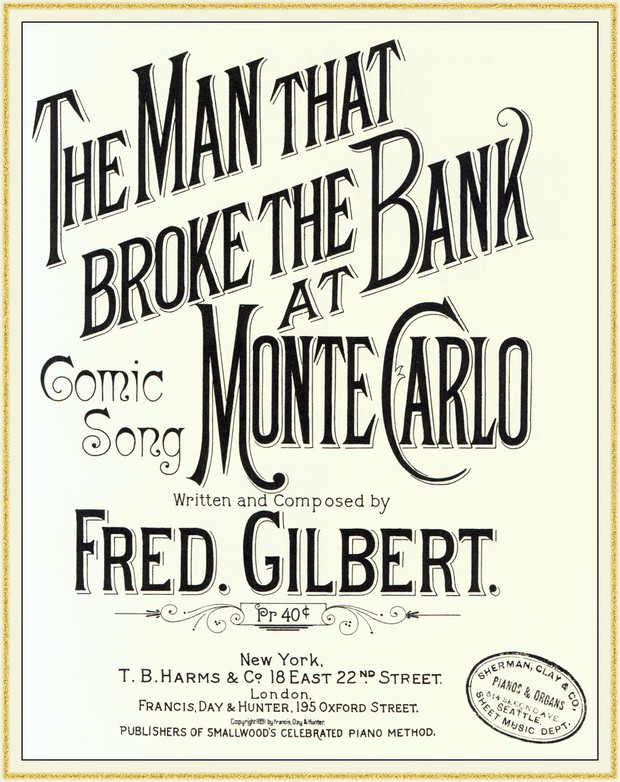In my most recent blog posts I noted that just before his first and most successful trip to Monte Carlo, Charles Wells placed a small-ad in The Times requesting a…
Also available to purchase at Waterstones and as an audiobook on Audible.
The incredible true story of Charles Deville Wells, gambler and fraudster extraordinaire.
Now available in paperback. Includes newly discovered material and an extra chapter.


Essential reading for lovers of Victorian true-crime stories. The book takes readers on a roller-coaster ride through Britain, France and Monaco in the company of one of the greatest swindlers of the era as he pulls off one breath-taking coup after another. His amazing win at Monte Carlo is just one of many highlights in this true story, which reaches a climax when Wells is pursued across Europe in one of the biggest man-hunts of all time.
Also available to purchase at Waterstones and as an audiobook on Audible.

In 1891, during two visits to the Casino at Monte Carlo, Charles Deville Wells broke the bank several times and won £60,000 (equivalent to £6 million today). The present owners of the Casino admit that his success has never been satisfactorily explained. In ‘The Man Who Broke the Bank at Monte Carlo’, author Robin Quinn sets out the possibilities .

To ‘break the bank’ means to clean out the cash reserve of the gambling table in question. Each table was stocked with 100,000 francs in cash at the start of each day. If a player ‘broke the bank’, that table was temporarily closed and was covered with a black cloth.

Soon after he broke the bank, Charles Deville Wells bought an old cargo ship, the Tycho Brahe, and converted her into a luxury yacht, re-naming her Palais Royal. At 291 feet in length, the vessel was one of the largest pleasure craft in the world. Even today, she would be in the top-50 of yachts in terms of size.

After Charles Wells broke the bank in 1891, his exploits inspired composer Fred Gilbert to write a song entitled – naturally – The Man Who broke the Bank at Monte Carlo. This became the hit song of a generation and remained popular for well over half a century. The singer most closely associated with it, Charles Coborn, made at least five separate records featuring the tune, and once said he had performed it on stage a quarter of a million times.

In my most recent blog posts I noted that just before his first and most successful trip to Monte Carlo, Charles Wells placed a small-ad in The Times requesting a…
Charles Wells claimed on several occasions that he had developed a unique system for winning at Monte Carlo, though naturally he did not go into any great detail. He is…
In my book, The Man who broke the Bank at Monte Carlo there’s a mystery that has never been entirely solved. In late July the man who broke the bank,…
Following the success of the hardback book, a new and revised paperback edition of The Man who Broke the Bank at Monte Carlo has now been scheduled for release on 3rd…
Today guest blogger Anne Fletcher, author of From the Mill to Monte Carlo, writes about her great, great, great uncle Joseph Hobson Jagger – one of the first individuals to…
In a recent blog post here I discussed some of the accomplices who helped Charles Wells in his bank-breaking and other activities. One of these was named by him as…
On a trip to London last week I made a detour via Trafalgar Square to take these photos of Drummonds Bank. Why? Because the bank was already in existence on…
I’m currently enjoying A Tale of Two Sisters on the Yesterday Channel. To quote the listing, This brand new and exclusive three-part series delves into the relationships of six prominent…
A new audio edition of The Man who Broke the Bank at Monte Carlo has been released by Oakhill Publishing Ltd. This is a complete and unabridged version of the…
On 18 August 1913, players at the casino in Monte Carlo were astonished when the ball landed on black no fewer than 26 times in succession. Believing that this run…